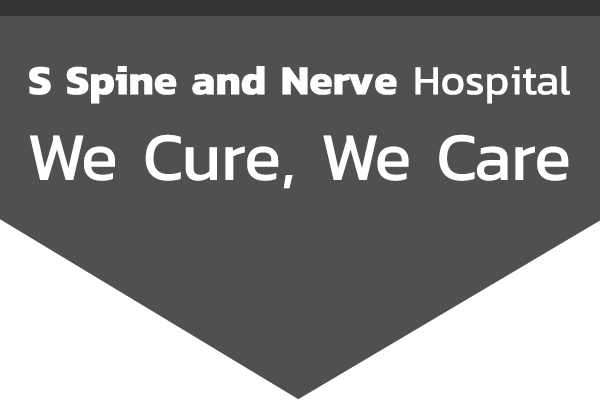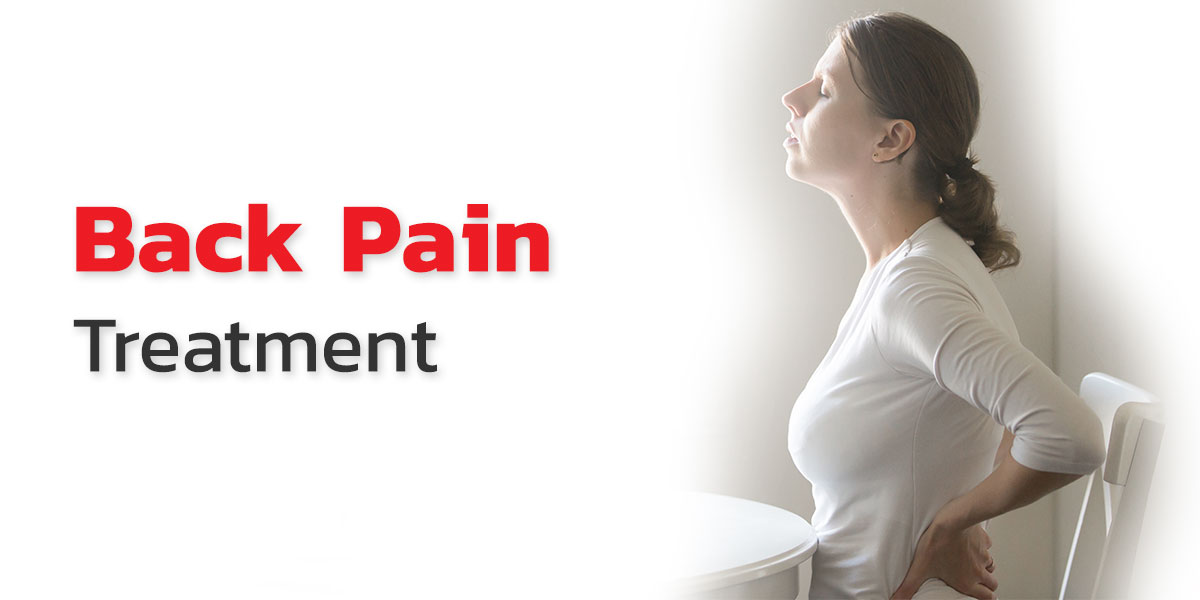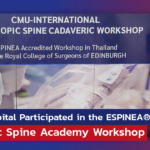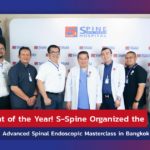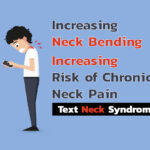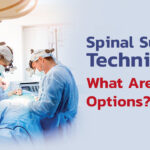Spondylosis Explained
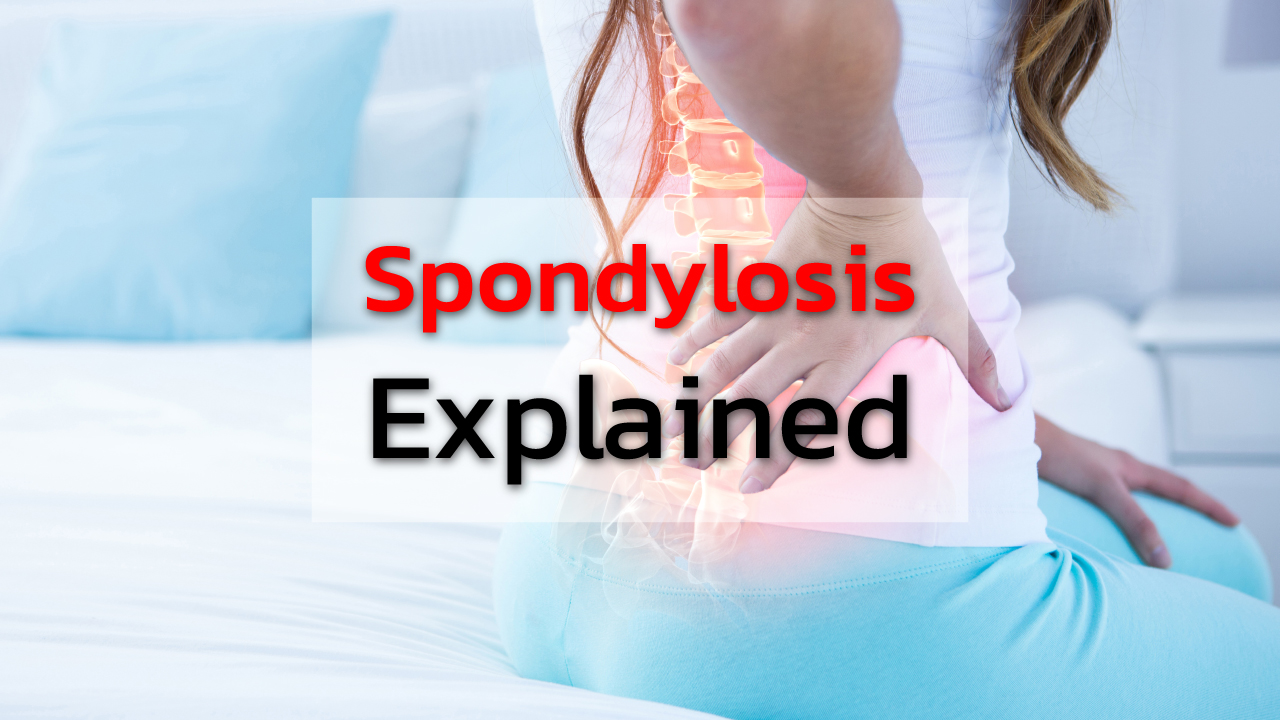
Spondylosis is the deterioration of the spine’s components – the vertebrae, intervertebral discs, joints, ligaments, and back muscles. This leads to reduced flexibility and a stiffer spine. Typically seen in those 35 and older, there’s a rising trend in younger patients exhibiting signs. Notable symptoms include problems with movement or sensations in the hands, arms, feet, or legs. If you observe any such signs, seeking medical advice promptly is vital to ensure appropriate treatment and to halt further spine deterioration.
Identifying Symptoms of Spondylosis
The symptoms of spondylosis can vary, with some experiencing sporadic pain and others facing constant discomfort. Here are common signs to watch for:
- Intermittent or chronic neck or back pain.
- Lower back pain.
- Stiffness, restricting spine movement.
- Numbness, tingling, or weakness in the hands, arms, legs, or feet.
- Headaches and fever, especially when the neck is involved.
- Urinary or fecal incontinence.
Severe cases where nerve compression is evident can affect walking, causing imbalance, particularly on stairs or entering vehicles.
Causes of Spondylosis
Aging leads to the wear and tear of our spine’s components, leading to spondylosis. Several factors speed up this process. Extended periods of hunching or maintaining a poor posture, for instance, can strain the spine. When you then stand, you might feel immediate discomfort as the spine realigns. Over time, the body might form bony growths to compensate for this damage. While sometimes beneficial, these growths can press against nerves or the spinal cord, causing pain, especially in older adults.
 Diagnosing Spondylosis
Diagnosing Spondylosis
Diagnosis starts with understanding the patient’s symptoms. A physical examination focuses on the neck and lower back. The physician checks for movement restriction by asking the patient to move their head and waist in various ways. Given spondylosis’ potential impact on sensation and movement, the physician might also test responses in the patient’s extremities. If nerve damage is suspected, X-rays might be recommended.
For cases that don’t improve with standard treatments, advanced methods like MRI (Magnetic Resonance Imaging) are used to get a more detailed view, especially of hidden nerve damage.
Detailed Muscle and Nerve Examinations
Two core tests used are Nerve Conduction Velocity (NCV) and Electromyography (EMG). Both offer insights into muscle and nerve health but utilize different methods. Nerve Conduction Velocity gauges the speed and power of nerve signals. This involves gentle electrical currents via electrodes placed on the patient’s body. In contrast, EMG uses a local anesthetic and electrode sensors resembling thin needles. These are carefully inserted into the muscles, assessing their health and responsiveness.

Navigating Spondylosis: Treatment, Complications, and Prevention
Understanding Treatment Options for Spondylosis
When symptoms arise, self-treatment, like using compresses and regular exercise, can offer relief. However, if self-treatment doesn’t help, a range of medical options is available. While medication might be a viable choice for many, those with certain pre-existing conditions should exercise caution. If non-surgical methods prove ineffective, surgical procedures might be recommended, especially in severe cases. Here are some common treatment approaches:
Medication: Non-steroidal anti-inflammatory drugs (NSAIDs), like Diclofenac, Ibuprofen, and Naproxen, provide effective pain relief. Paracetamol is another option but should be taken under a physician’s guidance to avoid liver issues.
Physical Therapy: This method enhances mobility and might involve stretching the spinal vertebrae to relieve nerve pressure.
Injections: Administered in the spinal cavity, these can alleviate pain and inflammation around intervertebral discs.
Surgical Procedures: Options like Spinal Fusion surgery or Artificial Disc Replacement (ADR) surgery are considered for severe cases, especially when other treatments fail to provide relief.
Laser Treatment: A modern alternative to surgery, this method treats herniated discs pressing on nerves and offers quicker recovery and reduced infection risk.

The Cervical and Lumbar Spine: Degenerative Concerns
For the cervical spine, degeneration can lead to severe complications. Compression of the spinal cord in the neck region can develop, causing discomfort and potentially dangerous conditions. The issues extend to the development of pressure sores, which are painful and require medical attention. Moreover, recurrent lung and urinary tract infections can stem from cervical spine issues, significantly impacting one’s quality of life. In more severe cases, cervical spine degeneration can result in conditions like Paraplegia and Quadriplegia, severely limiting mobility and daily function.
In contrast, the lumbar spine, when degenerated, presents its own set of challenges. When the neuroforamen, the passage where the spinal nerves travel, narrows excessively, it can trigger a host of complications. These complications range from herniated discs and spinal stenosis, which can be painful and debilitating, to more severe conditions like aortic aneurysms. There’s also the concern of issues stemming from the fourth lumbar spine pressing on the upper section of the small intestine, potentially affecting digestion and overall gastrointestinal health.
Preventing the Onset of Spondylosis
While age can usher in back and neck pain, proactive measures can stave off spondylosis:
- Maintain an upright posture when seated, using back support. Ensure your feet rest evenly on the ground, and support your elbows to reduce shoulder and neck tension.
- Adjust your computer screen to reduce neck strain. Periodically break from your computer, change postures, and stretch.
- Incorporate exercises that stretch and strengthen back muscles.
- Minimize excessive bending and leaning.
- Rotate tasks to avoid prolonged positions.
- Avoid heavy lifting.
- Safeguard your back from abrupt shocks or accidents.

With concern from S Spine & Nerve Hospital
A Hospital Specializing in the Spinal & Nervous System
Treating diseases at the root for a lasting recovery.



